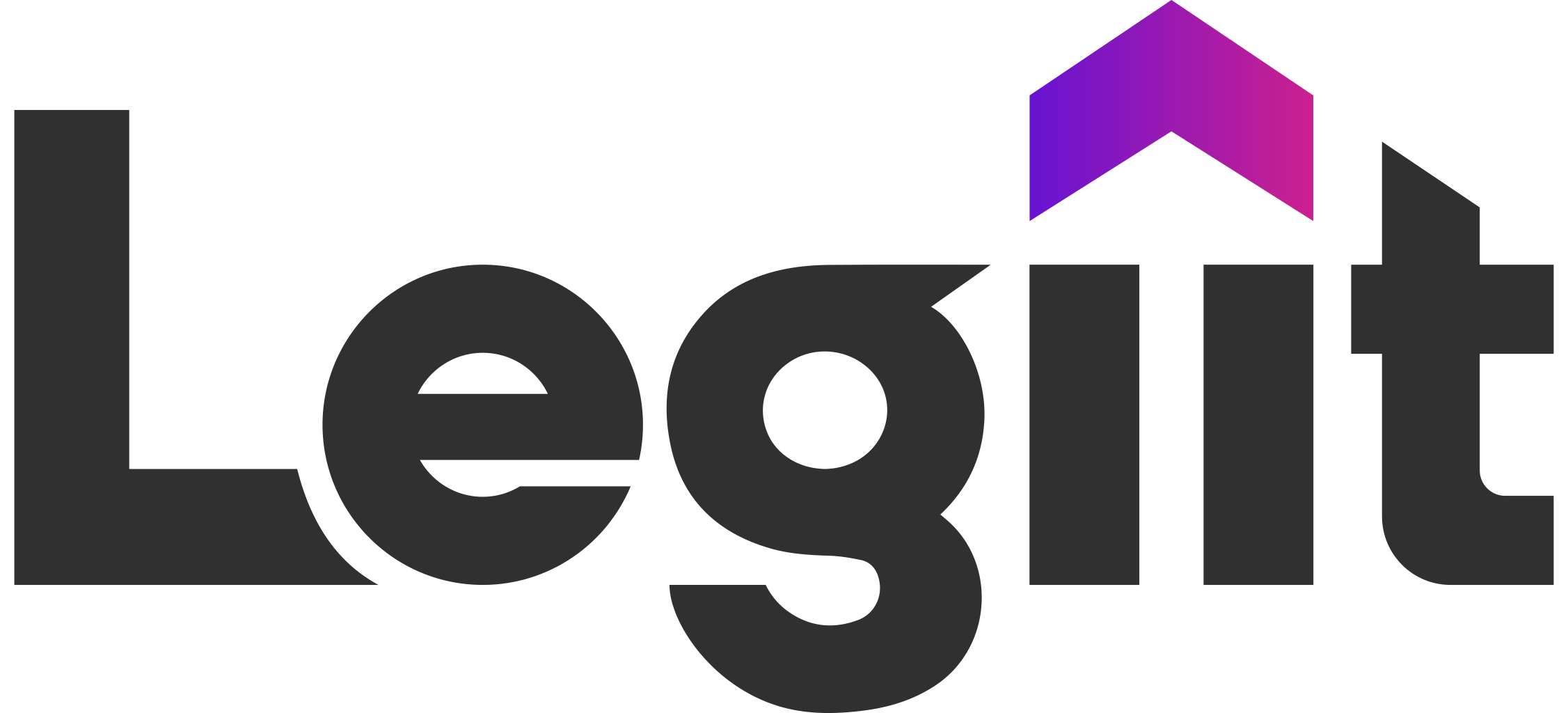A few years ago, the brands' websites and blogs winning SERPs (and customer trust) were those that could produce content at scale.
As long as you produced enough decent content, it likely ranked and received plenty of traffic, a handful of which would turn into customers.
Today, it’s a different ballgame. Link building has entered the room (with more emphasis), this time with a big proportion of impact—as a ranking factor used by search engines like Google.
As a result, brands can’t rely only on content volume to win…they have to build quality backlinks to their content.
And frankly…most people don’t know how to build external links for SEO. That’s why we’re creating this guide that’ll help you to understand the following:
- What are external links and how do you use them correctly for SEO?
- What are the different types of external links for SEO?
- Does having external links help SEO?
- How do I create an external link?
- How many external links are good for SEO?
Let’s get down to business.
What Are External Links

Also known as an outbound backlink, an external link (which is the opposite of an internal link) is a link that leads to a page or resource outside a particular website.
So, what is external linking?
A good example, in SEO terms, is if another website links to your site, this is considered an external link. The same is true when your site links out to another website.
Here is an example of an external link in the code format:

If you want to find external links to your website, you can analyze your backlink profile using tools like Google Search Console or the Legiit GMSD dashboard.
What Are The Different Types Of External Links For SEO?
As an SEO, webmaster, or website owner, it’s important that you have a good understanding of the types of links that you can build and the technical aspects of these links.
This will help you to assess the value of different types of links and work out which ones are the best for you to pursue.
When it comes to external links, they can be categorized into three:
#1. User-generated links
These are links that you create to your site (where you endorse yourself).
Examples include:
- Guestbooks
- Advertorials
- Forum signatures
- Article directories
- Infographic embeds
- User profile pages
- Embeddable widgets
- Directories that are not moderated
- Blog comments that are not moderated
- Press releases with over-optimized anchor text
- Guest post signatures with over-optimized anchor text
Due to the fact that these links are not being editorially given, they inherently carry less weight (in SEO terms) than the other types of links.
As a result, Google and other search engines target them for penalization, which means (almost all the time) they can be harmful to your SEO campaign.
Next...
#2. Editorial links (the ones that you asked for)
These are links that you have to work hard for them and go get them.
This means that you need to create something (content) that is link-worthy enough and able to grab the attention of the people to whom you’re promoting before they can link back to you.
Lastly…
#3. Editorial links (the ones that you don’t ask for)

Getting quality links that you didn’t ask for is the goal for SEOs and Google has already made it clear that they “love” those links.
Why? Because they’re created without someone having asked for them. You deserve them.
In other words, they are usually created because someone found your content to be helpful and linked to it because they believe their audience will also find it useful (in addressing their needs and pain points).
Before Google, these are often the external SEO links that will stand the test of time and be valuable to you long after the link is placed.
But creating them can be an uphill task as well.
You need to create your product and/or website content link-worthy—that can get the attention of enough people, some of whom have the ability to link to it.
Your content should be well-researched, informative, and preferably unique (think of something that follows the EEAT guidelines).
It could be in the form of blog posts, research studies, infographics, videos, or other valuable resources.
Does Having External Links Help Seo?
The answer is a resounding YES! External backlinks can be beneficial in the following sense:
- They pass link equity and help linked pages rank higher.
- Increase the authority and trustworthiness of a page in the eyes of Google.
- Create connections between websites, allowing users to navigate from one to another easily.
This means, that if your website has a good profile of external links from authoritative sites tends to rank higher in search results.
…and each link is a vote of confidence that suggests the content on your page is credible, valuable, and useful.
However, not all external links offer the same value (in terms of SEO). Some links will be more valuable before search engines like Google for your website than others because they are quality backlinks.
There are three factors that determine the quality of an external backlink:
- Relevancy – The content of the page that has the external link should be relevant to your website.
- Domain/Page Authority – The authority and trustworthiness of the website linking to your website.
- Anchor Text – The text used for the hyperlink to your site should be relevant.
Some other metrics used by search engines to judge external link SEO include:
- The popularity of the linking page.
- The number of links to the same page on the source page.
- The number of root domains that link to the target page.
- The number of variations that are used as anchor text to links to the target page.
- The ownership relationship between the source and target domains.
These are the kinds of links that you want to focus on building in order to increase your domain authority and rankings.
But how do you create them?
How to Build External Links for SEO

Technically, the work of creating an external link is done by the webmaster.
…and there are two ways of doing that. They include:
#1. Using HTML
Adding links to an external site in HTML is pretty straightforward.

To add an outbound link in HTML, you need to follow the format below:

Depending on whether you want it to be “no follow” or “do follow”, you can add a rel attribute for the former or leave it as it is for the latter.
#2. Using WordPress
If you’re using WordPress as your CMS platform, you can add the external link and rel attributes through the following steps:
- Open your WordPress dashboard
- Edit the post or page where you want to add outbound links
- Now, select the text that you want to hyperlink.
- Click on the link icon and you will get the option to add an external link.
- Add your external hyperlink and select the type of the link (nofollow, sponsored, etc.)
When building an external backlink, it is crucial to consider several factors to help you with your search engine optimization and result page rankings.
After all, you don’t want to link to any irrelevant website because many of them will offer no value to your own site.
First, you can start by searching for relevant and trustworthy domains that are popular and have excellent reviews.
For example, if you own a digital marketing agency, you probably don’t want to link to a local agency unless they happen to be highly localized.
Secondly, regardless of how popular the site you link to externally is, you’ll need to ensure it is relevant to your content.
Finally, remember the quality of your content and the content of the page you’re linking to are genuinely more important than the popularity of either page.
While creating them, you should follow the following external linking best practices.
How Do I Create An External Link: Best Practices?

To succeed in your SEO, you must understand how to use external linking to your advantage. Here are key external linking best practices to adopt.
#1. Don’t be afraid to link out
Giving a link from your site will not make it lose link juice—if they deserve a link, you can go ahead and link to them.
Where relevant, a backlink makes your content more helpful and provides a good user experience to your visitors.
So don’t be afraid to link to other helpful resources, actually, you may end up creating relationships that are good for link-building with other sites and webmasters.
#2. Stay away from link schemes
Link schemes are deliberate efforts made in order to manipulate your search engine rankings with links.
Common link scheme activities include:
- Excessive link exchanges
- Exchanging goods or services for links
- Buying or selling links to increase SERP rankings
- Creating links on your website using automated programs
- Low-quality directory or bookmark website links
If Google suspects that you are placing links on your website for profit or participating in other link schemes, it may result in manual action.
#3. Use descriptive link texts

Always strive to use descriptive anchor texts on all outgoing links so that your readers understand where the link (they’re about to click) will take them.
Here are some examples of generic link text to avoid:
- Click here
- Read
- Learn more
- Find this
- Visit here, etc.
Using a relevant keyword for example is important because it gives more context to users and crawlers about the link you’re adding.
#4. Don’t link to competing websites
If you have a shop (which gets more customers), do you send them to the next shop selling the same goods as you, because you’re overwhelmed in serving them?
Linking to your competitors can have detrimental effects on you in terms of SEO benefits especially if you’re competing for the same keywords.
Instead, only link to websites that offer value to your content, like pages that contain general information (about a topic).
#5. Regularly, audit your external links

Why is this important?
Broken or outdated external links in your content can have a negative impact on the experience of your audience, and they might begin to lose faith in your credibility.
That’s why you need to check your links and ensure that everything is in place.
When auditing your links be sure to check the following:
- Broken external links
- External links with unnecessary nofollow attributes
- Links with no anchor text
- Links with non-descriptive anchor text
If any, it’s always a good idea to fix them.
How Many External Links Are Good For SEO?
There’s no conclusive answer here.
However, you don’t want to overwhelm your reader with too many external links, which will otherwise affect their experience when navigating through your site.
Your goal when linking should always be to provide the best reader experience possible and not merely use them as part of your SEO strategy.
External Link Building, Final Thoughts

When done right, external linking can have a tremendous impact on the following:
- Better visibility
- Higher rankings
- Increase in search traffic
- More leads and sales
So, it’s fair to say you’re missing out if you aren’t taking advantage of external link-building right now.
Just make sure you’re adding offsite links that a reader would find valuable (about the topic they are currently reading) when they click on them.














 Download
Download